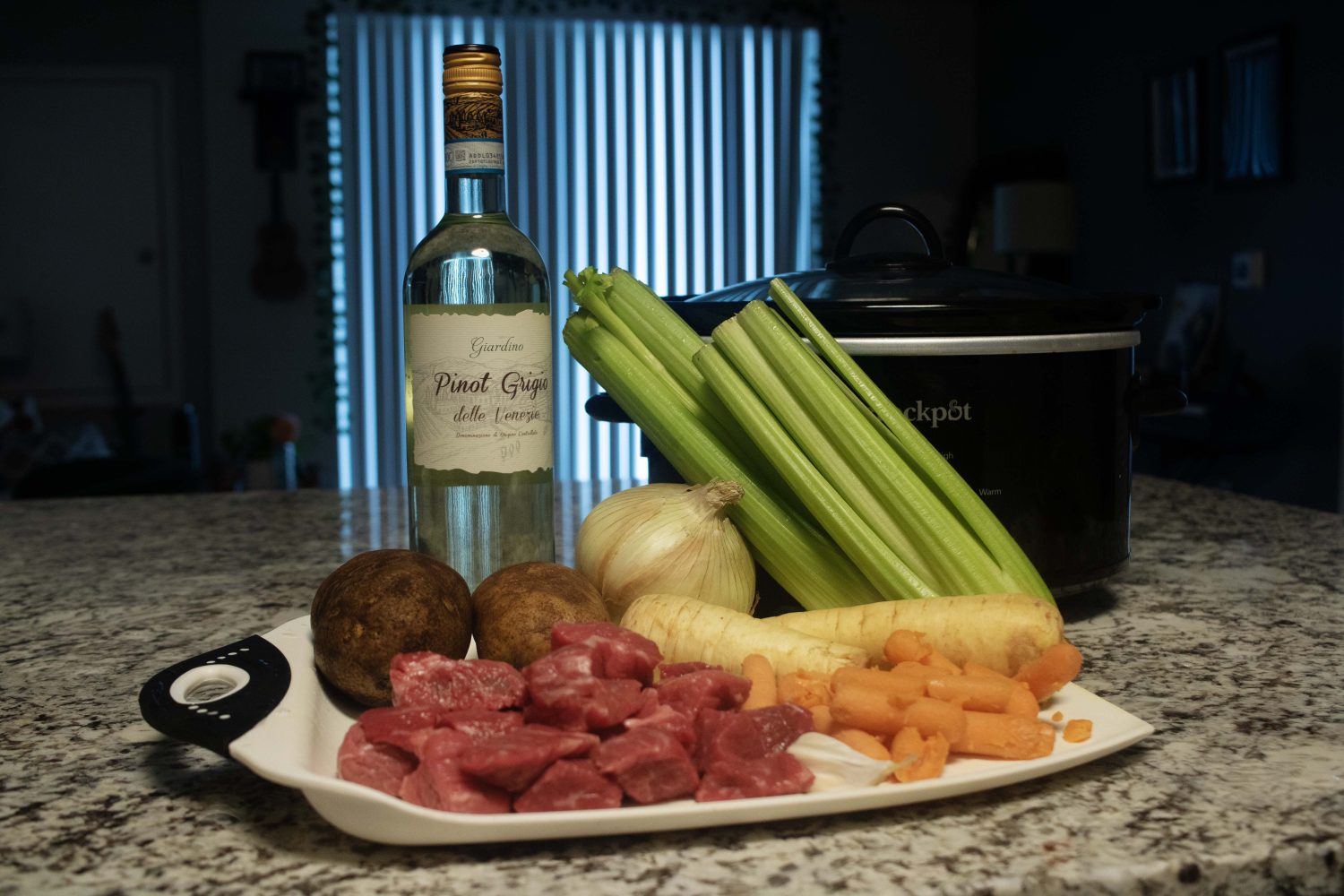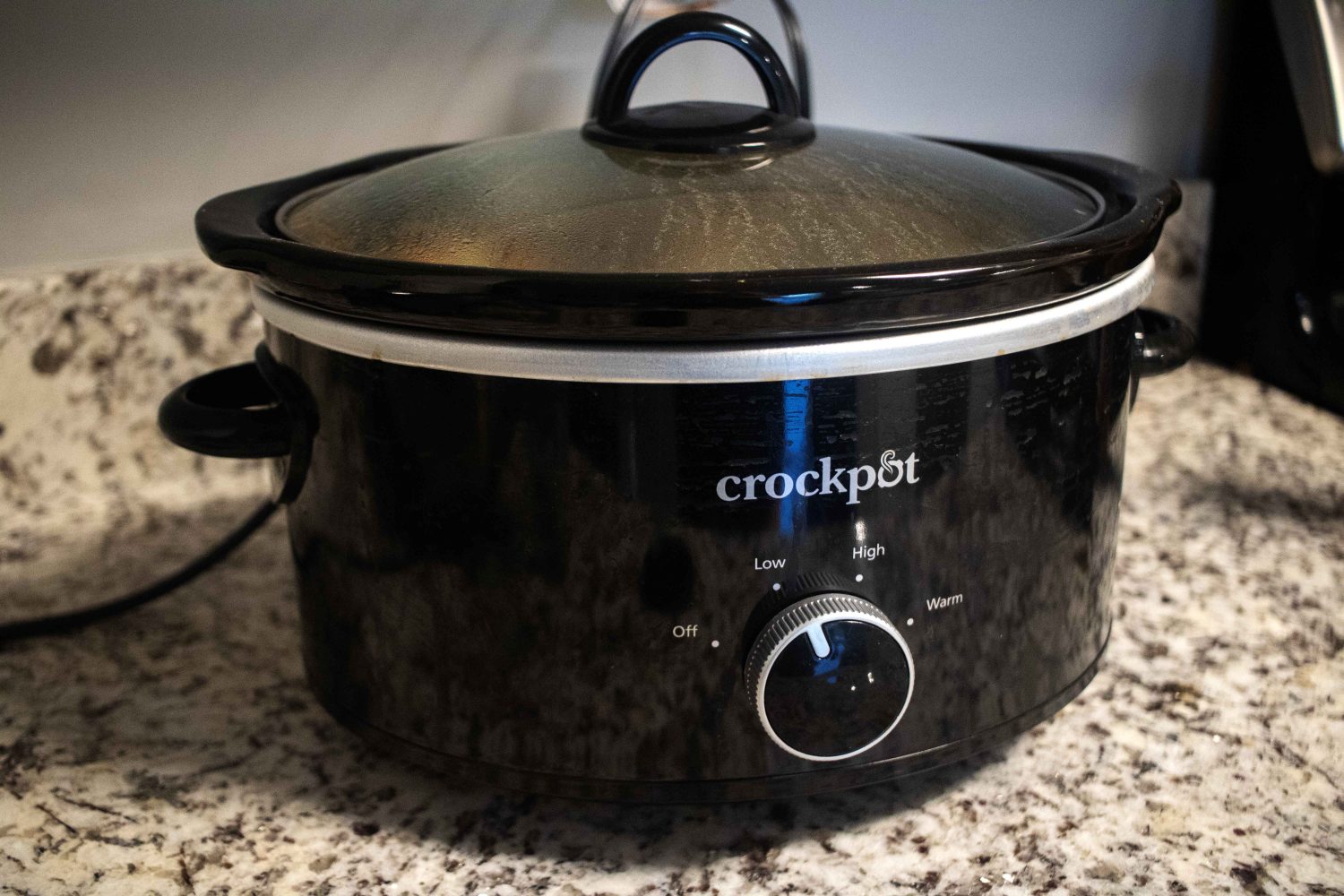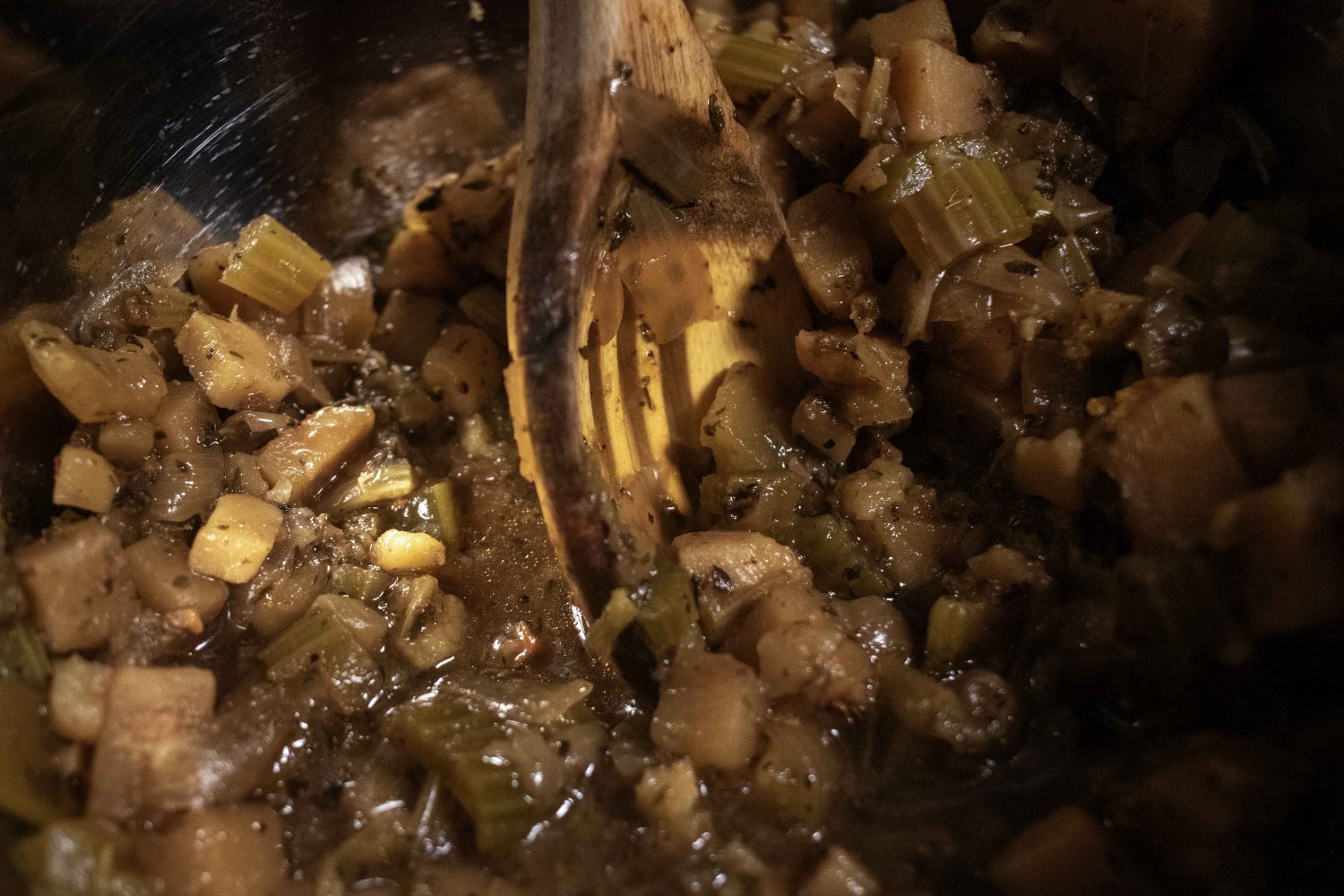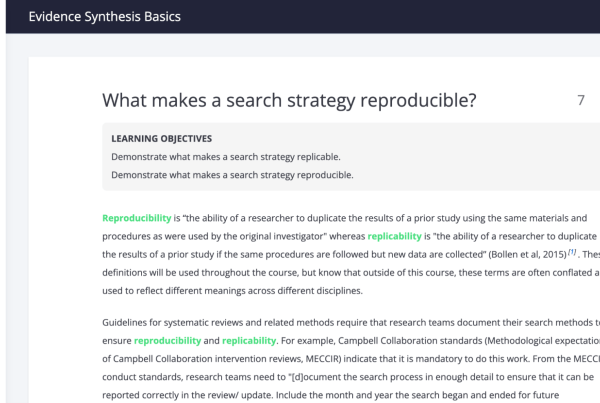By Adria Carpenter
It’s London in 1773, shortly before the Revolutionary War, but a different revolution was about to shock British homes and taste buds: Charlotte Mason’s “The lady’s assistant for regulating and supplying her table.”
“The lady’s assistant” comes from the James Ford Bell Library’s collection of cookbooks and recipes. The Bell Library records the history and impact of trade and cultural exchange, including how cookbooks fueled demand for culinary trade goods, like expensive spices.
So what can a modern woman learn from a 250-year-old cookbook? If you have less-than-fresh produce in your fridge, make some veggie stock. Throw in a chunk of meat and fresh veggies, and you’ve got a stew. (Good to know my college cooking habit is a tried-and-true tradition.)
But I know what you’re thinking: if Hodgepodge Stew is so good, why isn’t there Hodgepodge 2? Well good news, Mason has the sequel, dubbed “another hodge podge.” Here’s how the redcoats made a surprisingly savory leftover soup.
Ingredients
- Brisket (1 lb per person), or stew meat, cut into 8-10 pieces
- 3 quarts of water
- 1 quart of low alcohol lager
- 1 yellow or white onion, sliced end-to-end
- 4 carrots, diced
- 1 head of celery, diced
- Salt and pepper, to taste
- 4 cups of shredded savoy cabbage, (or equivalent amount of napa cabbage, green cabbage, or brussel sprouts)
- 1 turnip, diced
- 4 cups of chopped spinach
- 4 cups of chopped endive
- 1 tablespoon of flour
- 1 tablespoon of butter
Directions
For this dish, you may omit or substitute any vegetables of your choice.
To start, cut the brisket into eight or 10 pieces, and place it in a stewing container, like a crock pot or a dutch oven. Slice onions along the grain, and cut four carrots, one head of celery, and one turnip into spoon-sized pieces. Add the vegetables to the container.
Fill the container with 3 quarts of water and 1 quart of low alcohol lager (or any light beer). Scum any froth that accumulated. There should be enough liquid to cover the meat and vegetables. Add salt and pepper to taste.
Let the stew cook overnight, or until the meat is tender and the alcohol has cooked off. Strain the solids, but reserve the broth. Discard the stewed vegetables, (or you can optionally serve them with the brisket at the end, in lieu of, or in addition to fresh vegetables).
Skim fat from the broth, and with a tablespoon of butter, make a roux using a tablespoon of flour. Ladle in the broth to make a gravy. Add broth until it’s slightly runnier than your preferred consistency. The gravy will thicken as it cools. Add the brisket and shredded savoy cabbage (or substitute two carrots and one turnip, sauteed and finely diced) to the gravy. Cook until the vegetables are to your preferred level of doneness.
Serve the brisket and gravy alongside spinach and endives (you can make a salad with these, or serve them separate). Enjoy!
A note on weight and measurements
The original recipe only specifies the amount of water and beer to add. The listed measurements are an arbitrary decision. I rarely measure any ingredients or spices when I cook. I just follow my intuition and taste buds.
Use whichever ratio of onions, carrots, celery, turnip, and brisket feels appropriate. The same applies to the side veggies — the cabbage, spinach, endive, etc. — which I would make into a salad. Just eyeball it, and trust your heart. It’s almost impossible to mess up this stew. I believe in you.
(As for the side salad, moisture is the enemy, so use a salad spinner, or pat until everything is dry.)
A note on ingredients
“Another hodge podge” is a simple recipe meant to use available ingredients in your pantry. There’s a substitute for nearly every ingredient on the list. Use whichever ingredients you happen to have, throw it in a pot, and boil it.
I went to three different grocery stores (Trader Joe’s, Whole Foods, and Target), but couldn’t find brisket meat, savoy cabbage, turnips, or endive. So instead I used a pound of stew meat, parsnips, russet potatoes, and arugula. I don’t like cabbage, so I left it out altogether.
I also substituted pinot grigio for the light beer. The root veggies already added those earthly flavors, and I thought some acidity would balance the dish out. But I’m also more familiar with cooking wines and prefer acidic foods. Again this really is a choose-your-adventure recipe.
The original doesn’t list any herbs and spices to add, besides salt and pepper. I eyeballed a heavy amount of basil, oregano, thyme, and parsley. If I had it on hand, I would’ve added at least five cloves of garlic, but preferably more.
In a rare stroke of genius, I decided to add a few shakes of cayenne pepper, which I’ve never tried in a stew before. It didn’t taste spicy, just comforting and warm, exactly how good soups should feel. Then again, I have a high spice tolerance, and your taste buds aren’t my taste buds.
A note on method
To be honest, you can stop the recipe after the overnight stew process. I only made a plate’s worth of the entire recipe for the camera, and for the next week, I just ate the stew straight out the crockpot.
It’s standard practice to discard stewed veggies when making soup stock, and finish the dish with fresh veggies. I personally enjoy the taste of stewed veggies, and discarding them felt wasteful. Plus, buying extra produce? In this economy?
That said, the gravy is the true MVP of this recipe. Along with the broth and roux, I added some spare heavy cream, and the end product tasted luxurious. I could drink a gallon of that gravy alone, but it would go great with some mashed potatoes and sour cream. (For breakfast, I poured it over fried eggs. And another night, I poured it over oven-baked french fries, 10/10).
Disclaimer: my recreation is not “historically accurate,” it’s an interpretation, filtered through my tastes and experiences in the kitchen. If you’d like to make your own recreation, Mason’s original recipe is reprinted below.
Another hodge podge, from “The lady’s assistant for regulating and supplying her table” by Charlotte Mason, published in 1773
 Cut a piece of brisket of beef into eight or 10 pieces, put it into a vessel that will hold about a gallon beside the meat, and put in three full quarts of water, one quart of small beer, or rather lefs; scum it well; put in onions, carrots, turnip, celery, black pepper, a little salt; when the meat is tender take it out, strain the soup; put a bit of butter into a stew pan, a spoonful of flower; stir it till brown, but be sure not to let it burn; take the fat off the soup; put it into the stew pan, stew it with the beef in it, and the nicest part of three or four savoys; when they are tender, serve it; you may add turnips and carrots or serve it with these, without the savoys; with spinach, celery, and endive.
Cut a piece of brisket of beef into eight or 10 pieces, put it into a vessel that will hold about a gallon beside the meat, and put in three full quarts of water, one quart of small beer, or rather lefs; scum it well; put in onions, carrots, turnip, celery, black pepper, a little salt; when the meat is tender take it out, strain the soup; put a bit of butter into a stew pan, a spoonful of flower; stir it till brown, but be sure not to let it burn; take the fat off the soup; put it into the stew pan, stew it with the beef in it, and the nicest part of three or four savoys; when they are tender, serve it; you may add turnips and carrots or serve it with these, without the savoys; with spinach, celery, and endive.
In all these soups, you may add, or omit, whatever greens, or roots, you choose.
Leg of beef cut to pieces and stewed for six or seven hours, with carrot, and the other ingredients, makes a very good soup; a little small beer is an addition to all brown soups.
Nothing is known about Charlotte Mason, except for an addendum to the title page of the second edition, which states that she was “a professed housekeeper, who had upwards of thirty years experience in families of the first fashion.”









